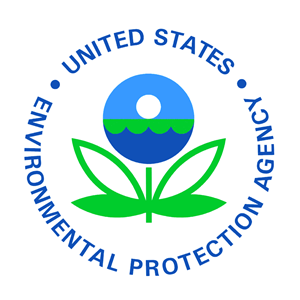This proposed action is taken in response to the United States Court of Appeals for the District of Columbia Circuit’s (D.C. Circuit) remand of the Cross-State Air Pollution Rule (CSAPR) Update in Wisconsin v. EPA on September 13, 2019. The CSAPR Update finalized Federal Implementation Plans (FIPs) for 22 states to address their interstate pollution-transport obligations under the Clean Air Act (CAA) for the 2008 ozone National Ambient Air Quality Standards (NAAQS). The D.C. Circuit found that the CSAPR Update, which was published on October 26, 2016, as a partial remedy to address upwind states’ obligations prior to the 2018 Moderate area attainment date under the 2008 ozone NAAQS, was unlawful to the extent it allowed those states to continue their significant contributions to downwind ozone problems beyond the statutory dates by which downwind states must demonstrate their attainment of the air quality standards. On the same grounds, the D.C. Circuit also vacated the CSAPR Close-Out in New York v. EPA on October 1, 2019. This proposed rule, if finalized, will resolve 21 states’ outstanding interstate ozone transport obligations with respect to the 2008 ozone NAAQS. The U.S. Environmental Protection Agency (EPA) is taking this action under the Clean Air Act section known as the “good neighbor provision.”
This action proposes to find that for 9 of the 21 states for which the CSAPR Update was found to be only a partial remedy (Alabama, Arkansas, Iowa, Kansas, Mississippi, Missouri, Oklahoma, Texas, and Wisconsin), their projected nitrogen oxides (NOX) emissions in the 2021 ozone season and thereafter do not significantly contribute to a continuing downwind nonattainment and/or maintenance problem, and therefore the states’ CSAPR Update FIPs (or the SIPs subsequently approved to replace certain states’ CSAPR Update FIPs) fully address their interstate ozone transport obligations with respect to the 2008 ozone NAAQS. This action also proposes to find that for the 12 remaining states (Illinois, Indiana, Kentucky, Louisiana, Maryland, Michigan, New Jersey, New York, Ohio, Pennsylvania, Virginia, and West Virginia), their projected 2021 ozone season NOX emissions significantly contribute to downwind states’ nonattainment and/or maintenance problems for the 2008 ozone NAAQS. EPA proposes to issue new or amended FIPs for these 12 states to replace their existing CSAPR NOX Ozone Season Group 2 emissions budgets for electricity generating units (EGUs) with revised budgets via a new CSAPR NOX Ozone Season Group 3 Trading Program. EPA is proposing to require implementation of the revised emission budgets beginning with the 2021 ozone season (which runs annually from May 1-September 30). Based on EPA’s assessment of remaining air quality issues and additional emission control strategies for EGUs and other emissions sources in other industry sectors (non-EGUs), EPA further proposes that the proposed NOX emission reductions fully eliminate these states’ significant contributions to downwind air quality problems for the 2008 ozone NAAQS. EPA also proposes in this action an error correction for its June 2018 approval of Kentucky’s good neighbor SIP.


